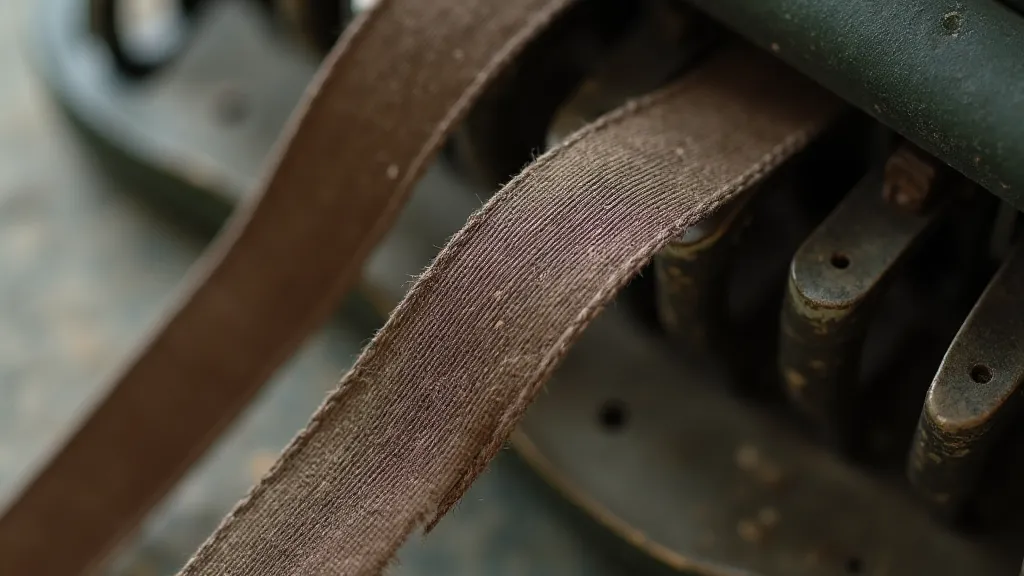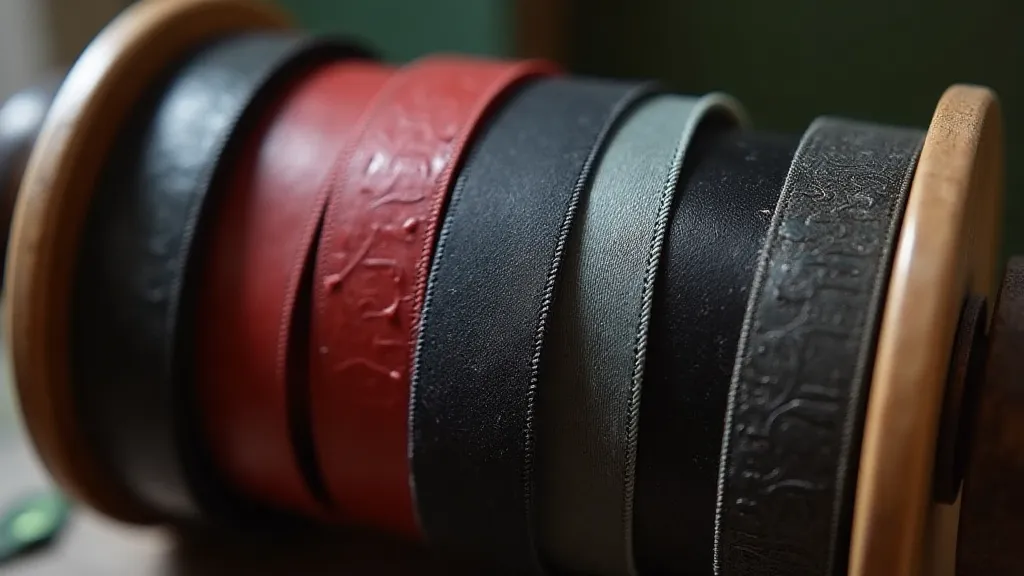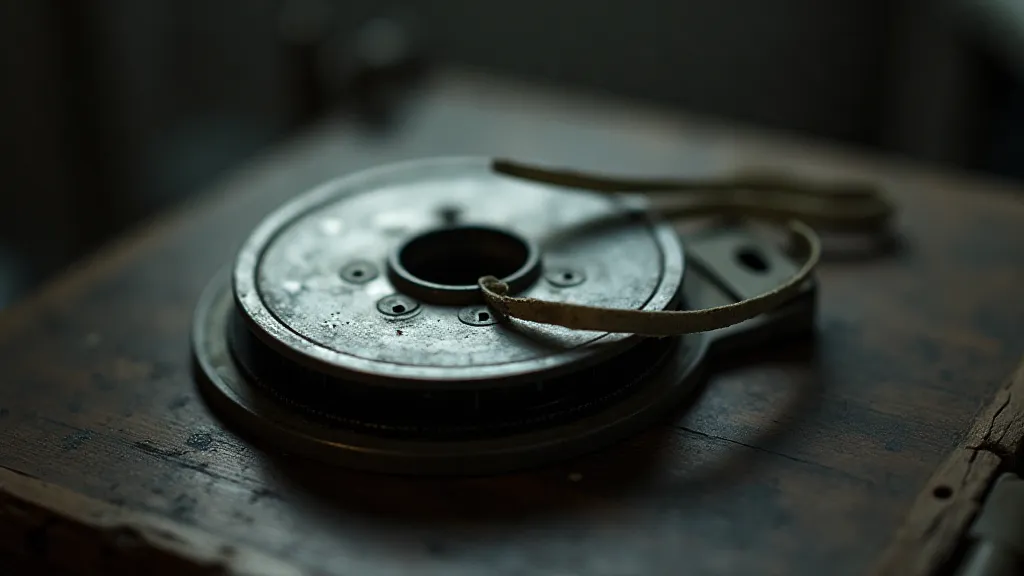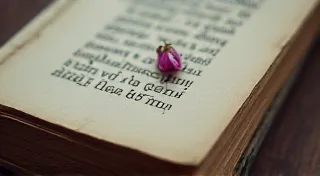Deconstructing the Spine: Examining Ribbon Material and its Implied Legacy
There’s a certain poetry to the faded, dusty ribbon of an antique typewriter. It’s more than just a functional component; it’s a tangible link to a bygone era, a silent witness to countless letters, poems, and official documents. As a collector, and as someone who finds profound solace in the intricate mechanics of these machines, I’m consistently struck by the subtle variations within these ribbons – a testament not only to the ingenuity of their creators but also to the evolution of industrial technology. To truly appreciate these relics, we must delve into the materials themselves and understand what their presence tells us about the era they inhabited.
My fascination began with a Smith Corona Silent, a machine my grandfather used as a legal secretary in the 1930s. I inherited it, complete with a brittle, almost crumbling ribbon – a deep, inky black. Handling it felt like holding a piece of history, fragile and precious. It sparked a journey – a quest to understand not just the typewriter’s operation, but the very essence of its moving parts, especially that crucial, often overlooked ribbon.
The Reign of Silk: Early Elegance and Intricate Craftsmanship
Early typewriter ribbons, spanning roughly the late 19th and early 20th centuries, were almost universally constructed from silk. Imagine the sheer labor involved! These weren’t just woven; they were *engineered* for the specific demands of the typewriter. The silk needed to be strong enough to withstand the tension and friction of the typebars, yet pliable enough to feed smoothly through the machine. The process was incredibly complex, requiring skilled weavers who could achieve the necessary density and consistency. They weren't just making ribbons; they were creating miniature works of art, essential for the production of legible and impactful text. The color choices were limited, mainly blacks, browns, and a few muted reds, dictated by the available dyes.

The fragility of silk ribbons is a significant challenge for restorers. Dryness and age make them brittle, and even gentle handling can cause them to crumble. Often, finding a replacement silk ribbon can be difficult, requiring meticulous searching through antique dealers or resorting to reproduction ribbons, which, while functional, lack the authentic feel and history of the original. The subtle choices in materials, and how they were utilized, speaks volumes about the context of the time. Understanding this can be an expansive journey, and it’s worth considering how the selection of these materials reflected a broader social landscape - a subject explored further in "A Tapestry of Time: The Social Context of Ribbon Choices Throughout History".
The Nylon Revolution: Efficiency and a Shifting Landscape
The mid-20th century brought a dramatic shift: the introduction of nylon. Nylon ribbons offered numerous advantages over silk. They were stronger, more durable, and significantly cheaper to produce. The process involved industrial-scale extrusion and weaving, vastly accelerating the manufacturing process. This, of course, meant a democratization of typewriting; more affordable ribbons meant more people could afford typewriters and the vital communication they enabled.
The transition wasn’t universally welcomed. Some typewriter enthusiasts lamented the loss of the silk ribbon’s inherent elegance and feel. There was a sense of the romanticism fading alongside the last spools of silk. However, nylon's rise reflected broader industrial changes – a push toward efficiency and mass production.
Interestingly, the color palette expanded with nylon. Suddenly, vibrant reds, blues, and even greens became common, offering users more aesthetic choices and reflecting a post-war era of optimism and experimentation. These bright colors, though visually appealing, also pose challenges for collectors and restorers. Sun exposure can cause significant fading, impacting the ribbon’s appearance and overall value. The manner in which the color and the design of these ribbons evolved over time holds crucial clues to understanding how users interacted with the technology and how their intentions shaped its design— a point discussed at greater length in "The Unwritten Dialogue: Ribbon Design as a Reflection of User Intent".
Beyond the Basics: Other Materials and Their Significance
While silk and nylon dominated the landscape, other materials saw brief periods of use. Acetate ribbons, for example, offered a compromise between silk's feel and nylon's durability. They were often used in higher-end typewriters, attempting to capture some of the perceived sophistication associated with silk while benefitting from some of the modern manufacturing advantages. Other experimental materials occasionally appeared, though their use was largely limited to specific typewriter models or short production runs. Identifying these rarer ribbon types is a rewarding challenge for the dedicated collector.

It's important to remember that ribbon construction wasn’t static. Variations existed within each material type, depending on the manufacturer and the intended use. A Smith Corona ribbon might feel subtly different from a Remington ribbon, even if both were made from nylon.
Color and Compatibility: A Collector’s Guide
Identifying the correct ribbon for a specific typewriter model is crucial for both collectors and restorers. Early machines, particularly those predating the nylon revolution, almost always required silk ribbons. Later machines, especially those manufactured in the mid-20th century, were primarily designed for nylon ribbons.
Color plays a key role in identifying age and potential compatibility. Dark colors like black and dark brown were dominant in the early years. Brighter colors became more prevalent as nylon production ramped up and dye technology improved. However, color alone is not always a reliable indicator, as manufacturers sometimes experimented with different color offerings. The changing nature of inks and pigments, and how their fading can reveal hidden histories, is a captivating study, explored in depth in ""The Ghostly Echoes: Unraveling Ribbon History Through Fading Pigment".
The Emotional Resonance of a Faded Spool
More than just a mechanical component, a typewriter ribbon embodies the spirit of an era. Holding a fragile silk ribbon or a vibrant nylon spool evokes a profound connection to the past. It's a reminder of the countless words crafted, the ideas shared, and the lives touched by these remarkable machines. Examining these ribbons—deconstructing their spines, as it were—is more than just an exercise in technical analysis; it’s an act of appreciation, a tribute to the ingenuity and craftsmanship that brought these writing tools into existence. It’s an opportunity to listen to the whispers of history, recorded in the fading ink of a forgotten spool.

The stories these ribbons tell aren't just about materials and manufacturing processes; they’s about human connection, creativity, and the enduring power of written communication. Furthermore, the ephemerality of these materials, and the subtle narratives they carry, are exceptionally vulnerable to the ravages of time. Consider how the loss of pigment can obscure crucial information—a fascinating subject examined closely in ""Ephemeral Inks: Deciphering the Fading Stories Within the Ribbon".
The next time you encounter an antique typewriter ribbon, take a moment to appreciate its story—the material, the color, the history it carries. It's a small piece of the past, waiting to be rediscovered.





